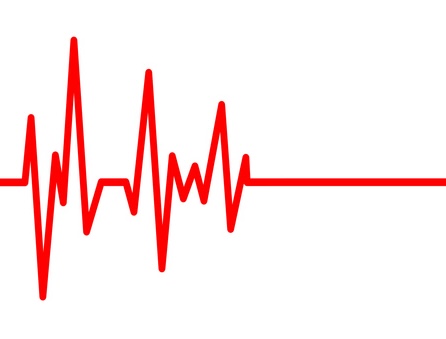Randomized trials are warranted to evaluate if treating HHV-6B reactivation improves outcomes.
Previous observational studies have suggested that reactivation of HHV-6B following hematopoietic cell transplantation (HCT) is associated with increased mortality. However, the studies have been different in multiple respects (e.g., different diseases, cell sources and conditioning regimens as well as different treatments of reactivation).
Investigators led by Danielle Zerr and Joshua Hill of University of Washington have conducted the first systematic review and meta-analysis, using state-of-the-art statistical techniques to pool data from multiple reports. The new analysis distinguishes the effect of HHV-6B reactivation on several different types of mortality: non-relapse mortality (mortality not attributable to relapse of disease), relapse mortality (mortality due to relapse of disease) and overall mortality (mortality for any reason). Using exclusion criteria to include the highest quality and most pertinent studies to include in the analysis, the investigators ended with 28 studies with a total of 4241 patients.
The study found a statistically significant association between HHV-6B detection and non-relapse mortality, as shown in Figure 1, below. The relative risk was 1.84 (95% CI: 1.29 - 2.62, p <0.01). Statistical tests (of heterogeneity and using Bayesian aggregation) confirmed that the result was robust. While HHV-6B can cause encephalitis and has been associated with pneumonitis, these complications do not occur frequently enough to explain the degree of increased mortality observed in the study.

Figure 1. Odds of non-relapse mortality following reactivation of HHV-6B. All but one study show increased odds, and the statistical (random effects) model combining data from all the studies shows a significantly increased risk (1.84).
There also was a statistically significant association between reactivation of HHV-6B and overall mortality: the relative risk was 1.37 (95% CI: 1.07-1.76, p<0.05). Nevertheless, there was significant heterogeneity found between studies, making the finding somewhat less robust and generalizable.
In contrast, no association was found between reactivation of HHV-6B and relapse mortality.
The authors acknowledge several important limitations of the analysis. The analysis did not account for viral load—given variability across studies in whether and how this was assessed. Perhaps more important, it did not adjust for confounders such as transplant source, preconditioning regimen, occurrence of GVHD, steroid usage, and CMV reactivation—again, because these were assessed inconsistently across studies.
This study supports the hypothesis that in people undergoing HCT there is a significant association between HHV-6B reactivation and both non-relapse mortality and overall mortality, but not an association between reactivation and relapse mortality. The mechanisms are unclear, but could well involve elements of immune dysregulation that have been associated with reactivation of HHV-6B: delayed reconstitution in NK cells, impaired engraftment of neutrophils and platelets, and infection of CD4+ T cells that leads to a decrease in T cell reconstitution. Finally, reactivation of HHV-6B is strongly associated with the development of acute graft-versus-host disease, which increases non-relapse and overall mortality.
Given these findings, there is a pressing need for further study and development of antiviral agents specifically against HHV-6.
Find the full paper here: Stathis et. al 2024

